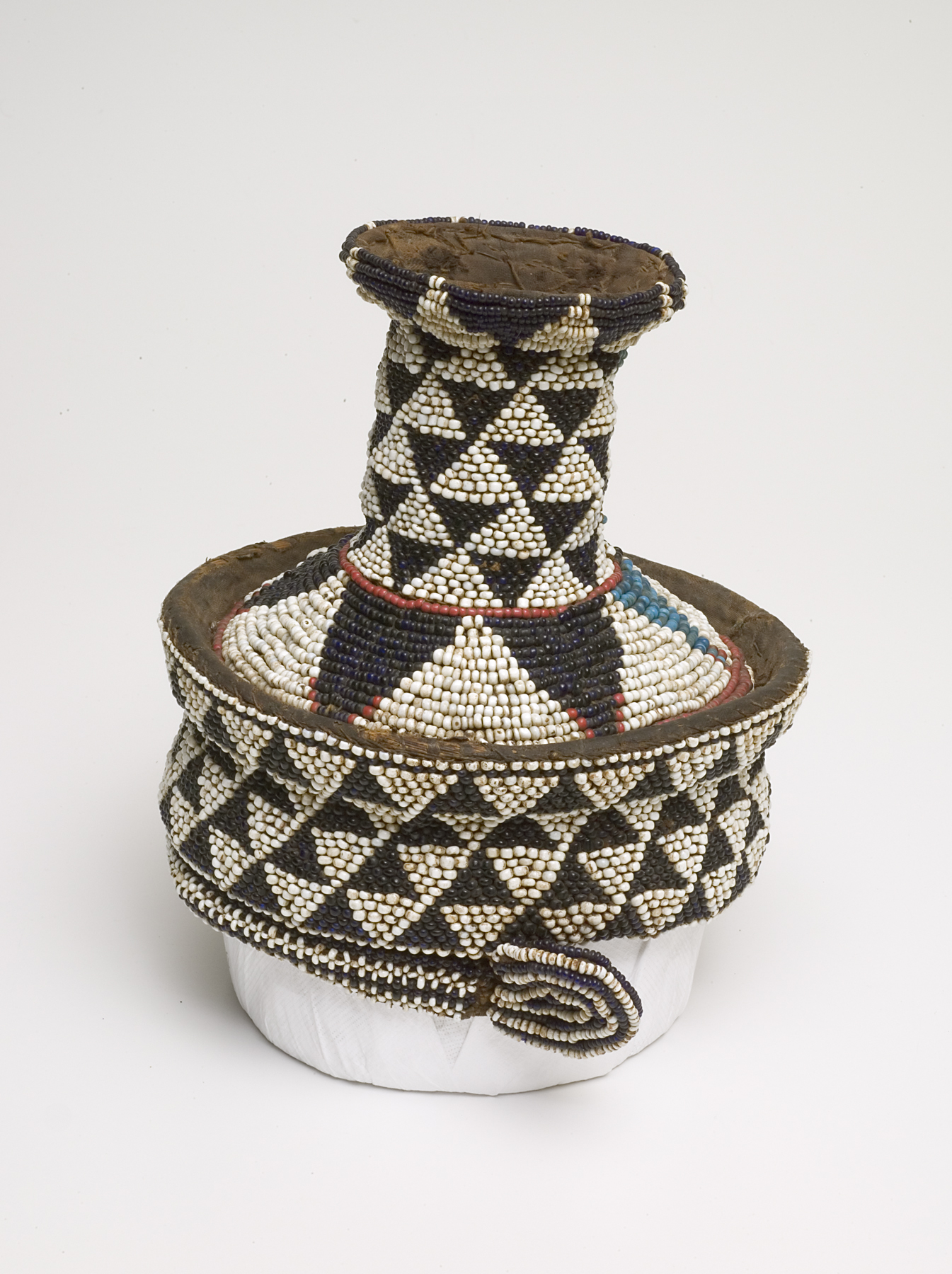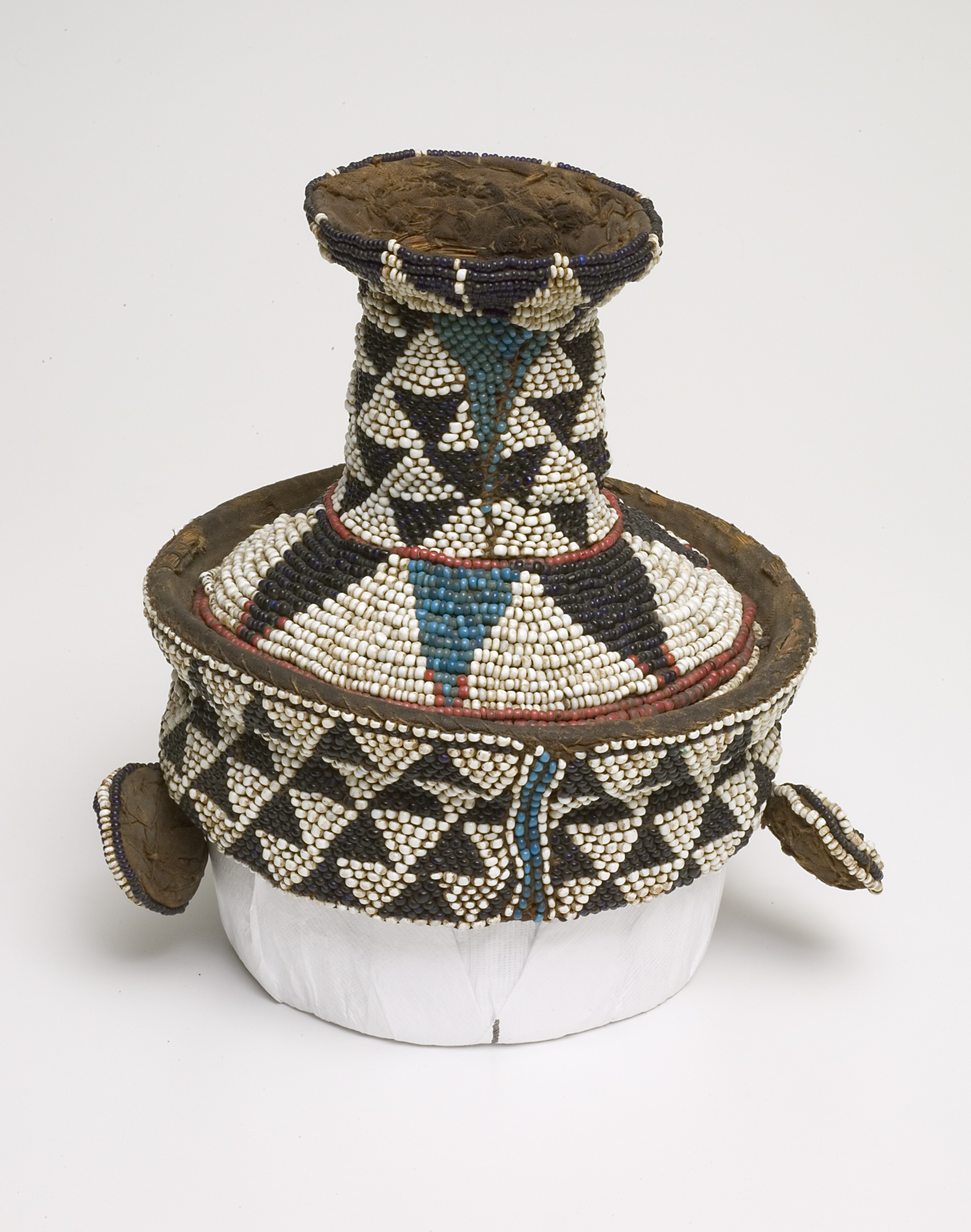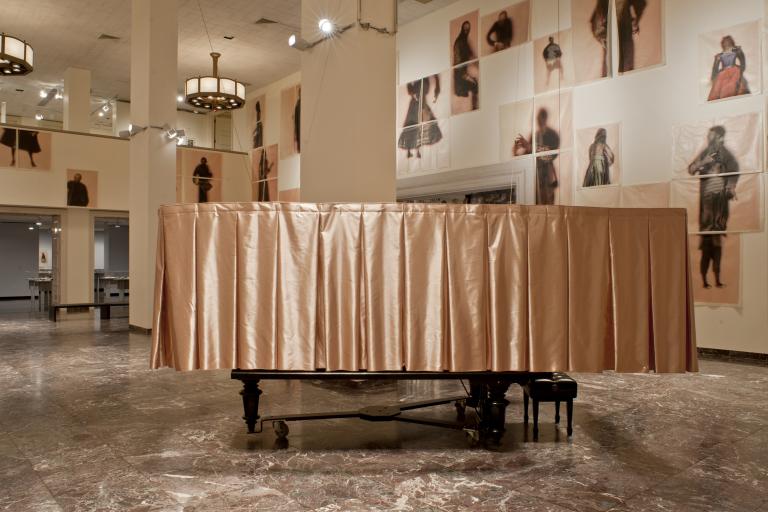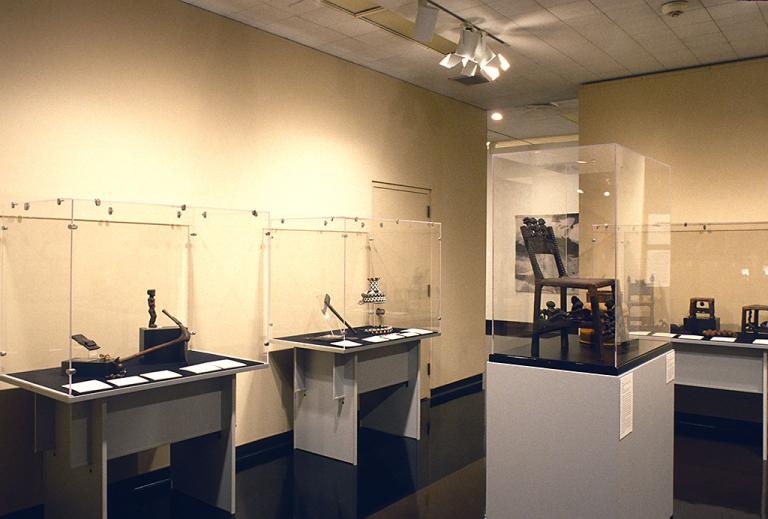chief's headdress with plume, unrecorded Chokwe artist
Artwork Overview
unrecorded Chokwe artist, artist
chief's headdress with plume,
early 1900s
Where object was made: Africa
Material/technique: plant fiber; beading; coiling; ostrich feathers; cotton; wood
Dimensions:
Object Height/Width/Depth (Height x Width x Depth): a 23 x 24.5 x 21 cm width at ear-like flaps
Object Height/Width/Depth (Height x Width x Depth): 9 1/16 x 9 5/8 x 8 1/4 in
Object Height/Width/Depth (Height x Width x Depth): a 23 x 24.5 x 21 cm width at ear-like flaps
Object Height/Width/Depth (Height x Width x Depth): 9 1/16 x 9 5/8 x 8 1/4 in
Credit line: Gift of Claude D. Brown
Accession number: 2007.2800.a,b
Not on display
If you wish to reproduce this image, please submit an image request






